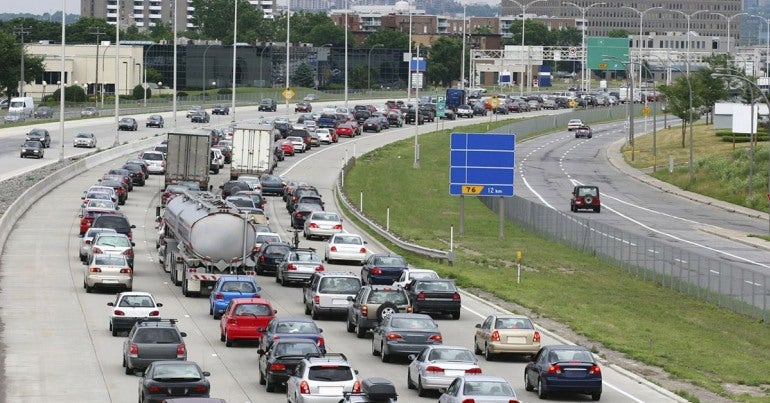Municipalities are increasing revenues from parking in a variety of ways, including parking fees. As a flat fee, the impact it has on low-income individuals depends greatly on where and how it is levied.
 A better way
A better way
The Montreal borough of Plateau-Mont-Royal developed the Parcojour program that charges non-residents $8 to park in selected areas. The initiative has raised almost $1 million, increasing the borough’s total revenues by 1.5 per cent. The City of Montreal is planning to take direct control of the parking authority back from a private contractor – gaining a larger share of revenues.
Highlights
- Used in many municipalities, but most public and street parking is still free
- Relates to use of roads and municipal costs of maintaining them
- Revenue is fairly stable
- Can be structured to discourage car travel and fund transit
How does it work?
Public parking fees can generate a moderate amount of stable revenue. They are commonly in place through meters on major streets and in off-street public parking lots. The fees can be structured to encourage desired social behaviors. For example, increasing fees in certain areas may reduce traffic congestion and improve air quality. Providing lower fees or free parking in other areas may be necessary to reflect the needs of small businesses, access to community services, or lack of other transportation options. The funds can go into general revenue or be targeted towards local improvements and transportation needs.
Who uses it now?
Most municipalities charge public parking fees in some places, but the majority of public parking is still free. Increasingly, public parking fees are being proposed as a tool to fund public transit. This would help address climate change and traffic congestion, while helping create reliable and affordable public transit.

